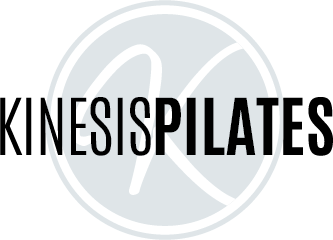I first began practicing Face exercise regularly in July 2020, which means this month is exactly 1.5 years of Face Pilates for me. Here are the things I did regularly, the first two pretty much daily:
Face, tongue and neck exercise
Massage, intra-oral massage
Gua Sha
Constructive rest or Still Point Induction and breathing exercises
And then about six months ago, the live Face Pilates courses evolved to add new protocols. I do the first two daily now too:
Lymphatic stimulation, face brushing
Skin rolling massage
Osteopathic techniques to support the cranial nerves and nervous system
These are the improvements I’ve personally noticed from my practice:
Eyes less sunken and brighter
Forehead creases practically gone and reduced 11-lines
Smoother skin tone
Pinkish skin color from improved circulation
Better resting facial posture and oral posture
Less jaw tension, no more clenching at night, no more mouth guard needed
Less nasal congestion, easier to breathe on the side of my deviated septum
Fewer headaches and tools to calm headaches once they start
Reduced brain fog
Less pain from talking for hours (aka teaching Pilates!)
Better vision (both eyes improved according to optometrist and astigmatism in one eye improved)
Better sleep, especially when I practice right before bed
No more gum recession, gums are pinker and plumper (dietary changes recommended in the course helped with this)
More self awareness of inadvertent facial movements and expressions, hence fewer forehead creases
Much less neck tension
My only wish is that I’d started in my 30s instead of my 40s. What I love about Face Pilates is that while it improves appearances, it also improves the little declines in the health of my skin, head, mouth, teeth, neck, and nervous system that I’ve been noticing slowly accumulating with age. To not only look younger but also feel younger and more resilient is worth all the time spent practicing. And even after 1.5 years of Face Pilates, I still look forward to it every night. It feels so good and is such a simple yet potent form of self care.













